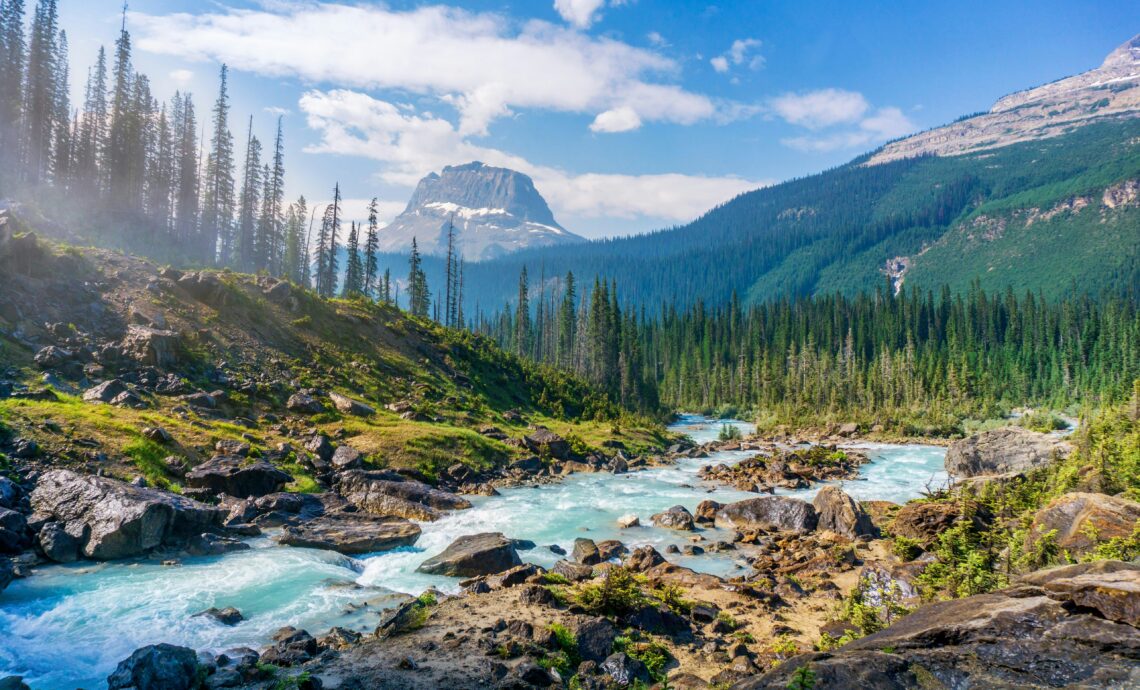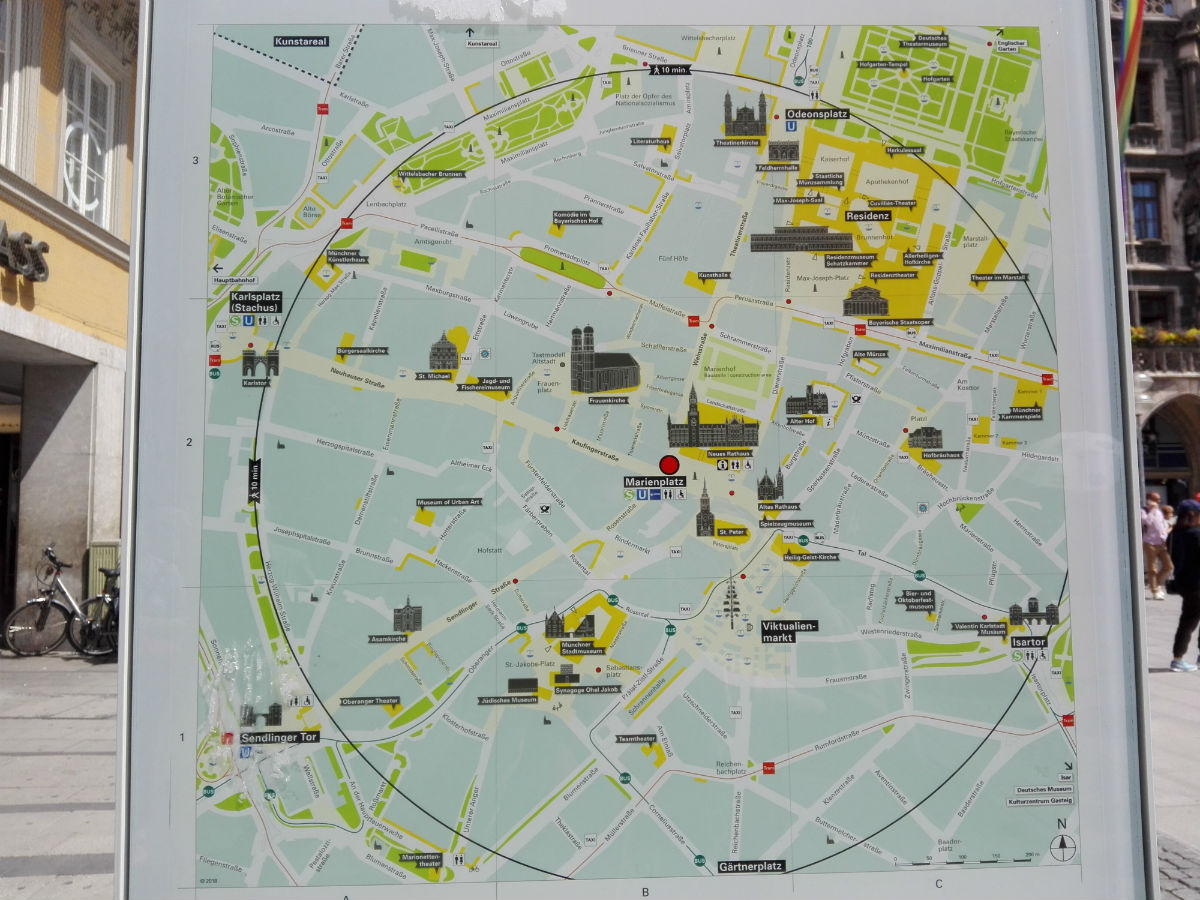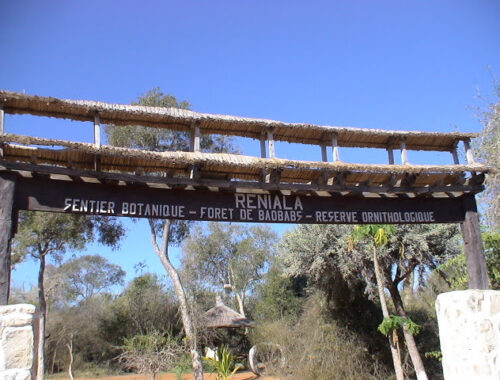
How to support sustainability whilst exploring national parks
There are so many designated national parks all over the UK and the rest of the world.
These spaces are protected areas where nature is encouraged to thrive, showcasing the
best of the flora and fauna the country has to offer. They’re a haven for wildlife and plant life,
as well as being a space for people to explore and enjoy, giving us a chance to appreciate
the beauty of the world around us.
Because of their wild nature, these parks are particularly sensitive to any damage caused by
global warming or human interference. They will only remain unspoilt if we work to take care
of them and are respectful of the creatures and plants that live there.
So how can you make sure you’re getting all the benefits of these amazing spaces, without
compromising the landscape? Let’s take a look.
Travel sustainably
Overcrowded car parks and people leaving their vehicles on the side of the road are a huge
problem in national parks. Because of their often remote nature, it can be hard to get there
by train, and many people simply choose to drive because of the convenience of getting as
close to the start of the hiking trails as possible.
However, if you can, it’s worth checking if there is a park and ride or other bus option. Not
only is this more sustainable thanks to reduced emissions, but it also reduces the amount of
traffic on the roads that wind through these often fragile landscapes.
Find out more about sustainable travel reading this article.
Take nothing but photos
It can be tempting to pick a few flowers to take with you or even just some pebbles as a
reminder of your trip, but it’s best to leave everything as you found it. What might seem like
nothing to you is a potential home or food source for a little creature, and if everyone takes a
small souvenir, it soon adds up.
Instead, make sure to take plenty of photos. If you’re keen to capture details, why not try
aiming for some close-up microphotography so that you can snap an image of all those tiny
things that make your chosen national park special.
Take your waste with you
Part of being a responsible visitor is following the Leave No Trace principles whenever
you’re visiting an open space. You should leave nothing but footprints – all waste should be
packed up and taken home with you to be disposed of properly. Many people believe that
leaving biodegradable food waste such as apple cores doesn’t cause a problem, but this
simply isn’t true.
The food takes a lot longer to decompose than you might think, littering the ground in the
process. Some visitors may argue that they’re providing a food source for hungry animals,
but remember – not all the food you eat and leave is native to the national park. Banana
skins, for example, aren’t native and wouldn’t be a food source that the animals are exposed
to naturally. If eaten, they can actually be harmful. When digested, the seeds can also start
to grow, leading to non-native species of plants taking root in the landscape.
So, to be as safe and sustainable as possible, be sure to take everything with you when you
leave.
Respect the wildlife
As cute as creatures in national parks can seem, they are wild animals, and you’re in their
home. Wildlife should always be watched from a distance, using a camera or binoculars, and
you should take special care in seasons where there may be younglings about, as the
parents will be extra protective of their space. Even if they seem like familiar animals (sheep,
for example), you still shouldn’t disturb them. Make sure to leave a good distance, and don’t
try to call any animals over to you or make excess noise to attract their attention.
Remember, you’re just a visitor
Having access to national parks worldwide is an amazing privilege, and not one that should
be taken lightly. Being respectful and looking after the space gives the landscape a
sustainable future, so that future generations can also enjoy these beautiful places. By
following the rules we’ve outlined above, as well as any signs put out specifically in each
national park, you can enjoy your visit in harmony with nature.
Author bio: Jessica Jennings
An avid hiker, Jessica loves to explore the great outdoors with her Labrador. She is
passionate about getting people to explore unusual places safely and sustainably, and
finding calm through nature.
You May Also Like

Use Munich Transport To Easily Visit The Best Corners Of The City
August 9, 2019
Experience one of the best baobab forests: the Reniala Nature Reserve
January 24, 2021
